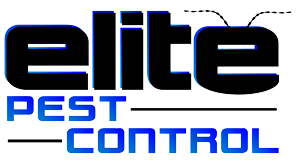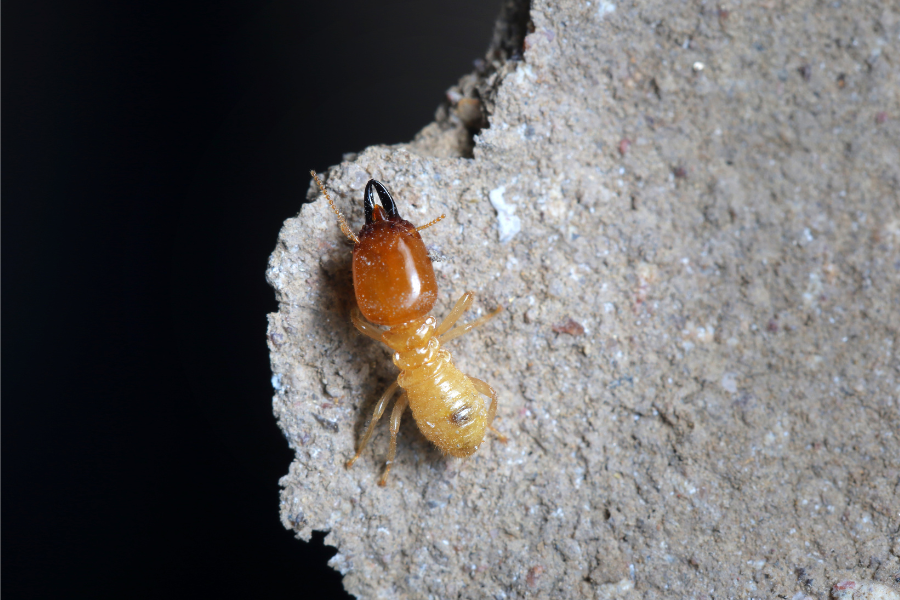Termites have traversed the earth for over 120 million years, surviving conditions that have led to the extinction of countless other species. This remarkable resilience is a testament to their evolutionary success. Originating in the Late Jurassic to Early Cretaceous periods, they have adapted to almost every land environment on Earth.
In New Jersey, residents face the challenge of dealing with several species. The Eastern Subterranean is the most common, notorious for its ability to cause extensive damage to wooden structures from the inside out, often undetected. The Formosan, though less common, is feared for its aggressive wood-feeding habits, capable of consuming vast amounts of wood in a short period. Another species, the Drywood, poses risks to furniture and hardwood floors, thriving in drier conditions without needing contact with soil.
Termite Characteristics
Some species build towering mounds that stand as a testament to their architectural prowess. These structures, often tens of feet high, are not random piles of soil but intricately designed systems for ventilation and temperature regulation. The construction of these mounds ensures the survival of the colony in harsh environments by maintaining a constant internal environment, a feat of natural engineering.
The queen of certain species is among the longest-living insects, with some queens living up to 50 years. This incredible lifespan is vital for the colony's growth and survival, as the queen lays thousands of eggs each day to ensure the colony's continuous expansion and replacement of lost members.
Interestingly, some species practice a form of agriculture. They cultivate fungi in their nests, feeding it with chewed wood or leaf litter. In return, the fungus breaks down the cellulose, making it easier for the termites to digest. This mutualistic relationship is a fascinating example of insect farming that has evolved over millions of years.
When a colony is threatened, soldier termites will bang their heads against the walls of their tunnels, creating vibrations that signal danger to the rest of the colony. This form of communication is important for the survival of the colony, enabling rapid mobilization of defense mechanisms against predators.
How They Invade And Thrive In Your Home
They are attracted to properties for various reasons, but primarily due to the availability of their primary food source: cellulose-based materials. Moisture is another significant attractant for termites, as it creates an ideal environment for them to thrive. Leaking pipes, improper drainage, and poor airflow contribute to creating moist conditions that are inviting to termites. Additionally, wood that is in direct contact with soil provides an easy access point and food source, making properties with wooden structures particularly vulnerable.
They can enter through cracks as narrow as 1/32nd of an inch in the foundation, around plumbing pipes, through basement windows, and under doors. Subterraneans build mud tubes for protection as they travel between their colony and food sources, which are often found on exterior walls or in crawl spaces. These mud tubes are a clear indicator of termite presence.
Swarmers, or winged termites, are often the most visible sign of an infestation, especially during their swarming season. Finding discarded wings or the swarmers themselves inside a home usually indicates an existing problem. Beyond wood, they are known to consume other cellulose-based materials, demonstrating their versatility. This includes paper, cardboard, and even some types of fabric.
The Silent Destroyers
Homeowners often overlook several subtle signs of an infestation, such as the presence of those mud tubes on exterior walls. Other signs include soft, spongy floors, walls that sound hollow when tapped, and doors or windows that suddenly become difficult to open or close due to structural damage. Additionally, droppings, resembling small, wood-colored pellets, often go unnoticed as they blend in with the surroundings.
They can compromise the structural integrity of buildings, leading to costly repairs and renovations. For instance, they can damage the wooden framework of houses, weaken floor joists, and even destroy wooden furniture from the inside out. In severe cases, the structural damage can be so extensive that parts of a building may become unsafe to inhabit.
An early warning sign of termite activity that is often overlooked is the smell. Certain types of colonies produce a mild, musty odor that can be reminiscent of mold or mildew.
One common myth is that concrete slabs provide a foolproof barrier against termites. In reality, they can navigate through tiny cracks in concrete, making even slab-on-grade homes vulnerable to infestation. Another widespread belief is that they cannot damage newer homes. However, they are indiscriminate feeders attack structures of any age if conditions are favorable
At Elite Pest Control, we pride ourselves on our customer-focused approach. We understand the stress and concern that a termite infestation can cause, which is why we work closely with our clients throughout the entire process. From the initial inspection to treatment and follow-up, we ensure clear communication and provide guidance to keep your property termite-free. Contact us today for an estimate.
Frequently Asked Questions
Q1. Do termites have any natural predators?
A1. Yes, they have several natural predators. These include ants, birds, bats, and even nematodes (microscopic worms). Some species of ants, such as the formidable army ant, are known for their aggressive raids on termite colonies, resulting in dramatic battles.
Q2. Can termites survive in colder climates?
A2. They are typically associated with warm, humid climates, but certain species have adapted to survive in colder environments. Subterraneans, for example, build their nests underground where temperatures remain more stable and can be warmer than the surface. During colder months, they dig deeper into the soil to escape the cold, allowing them to survive in climates that experience harsh winters.
Q3. Is it true that termites are blind?
A3. Most are indeed blind. Workers and soldiers, which constitute the majority of the colony, lack functional eyes because they spend their lives in the dark, either underground or within wood structures. However, reproductive termites are equipped with eyes because they need to fly out of their colonies to find mates and establish new colonies.
All Rights Reserved | Elite Pest Control

